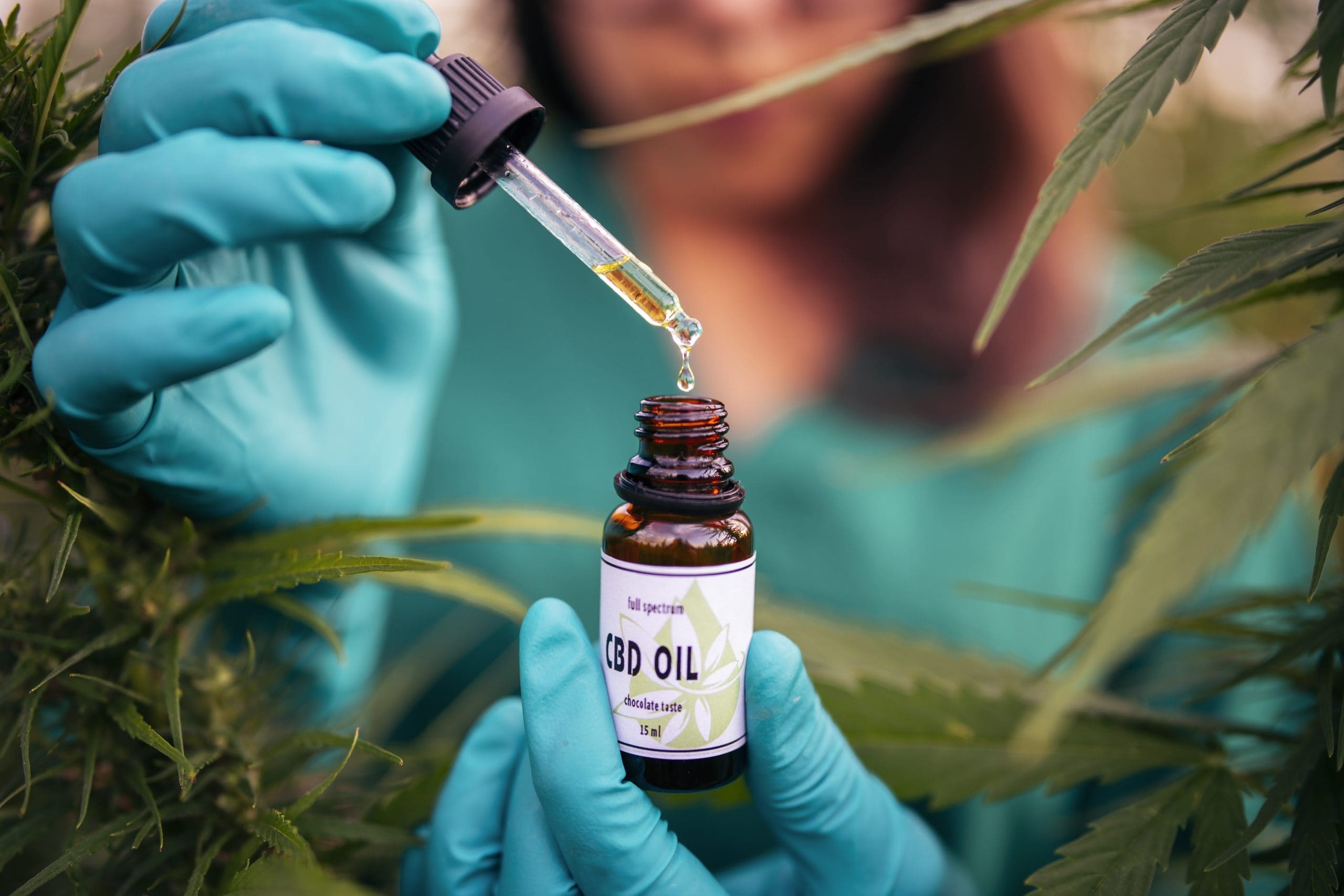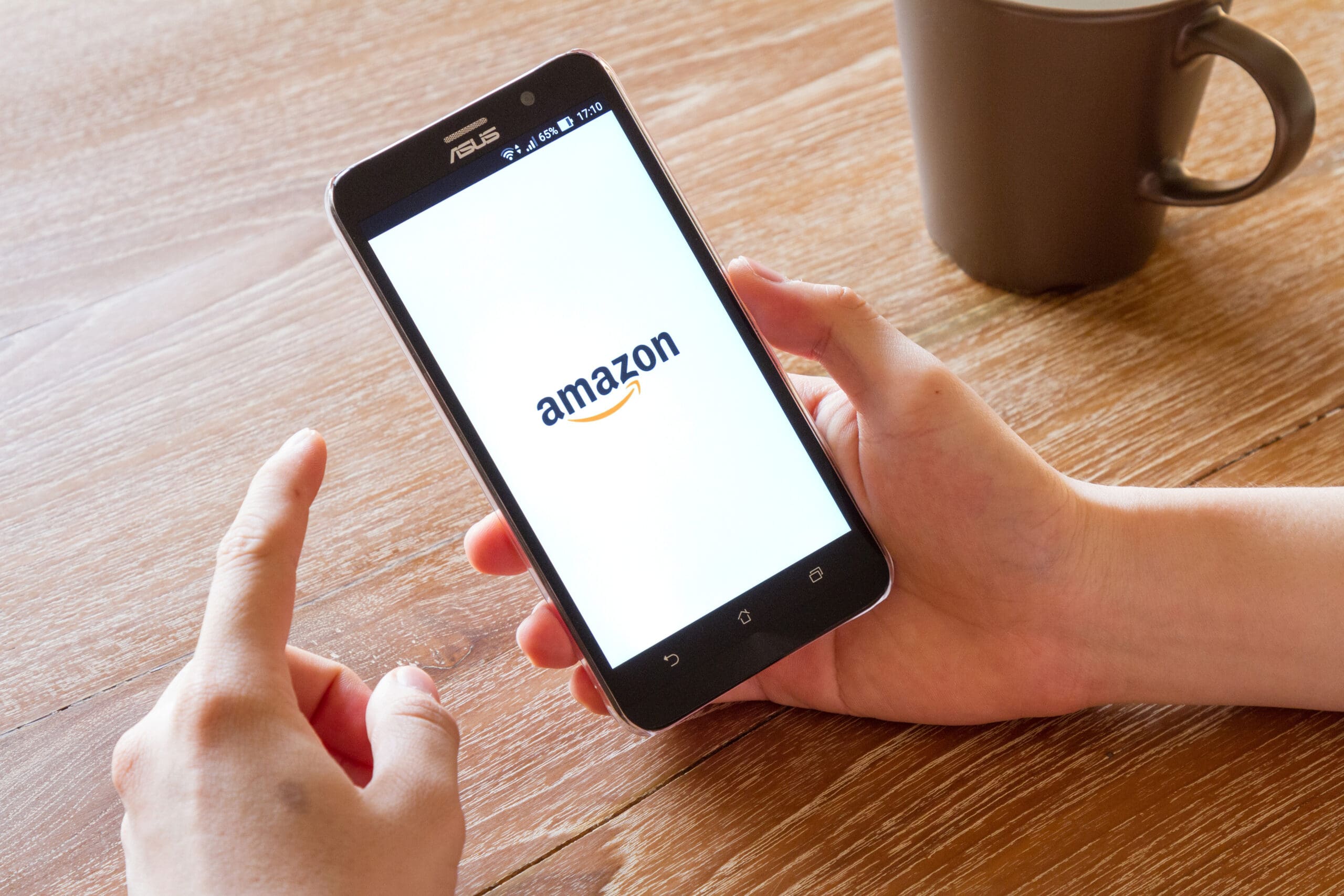In a post iOS 14 world, ad costs are rising. The days of throwing up some Facebook ads and expecting dirt cheap conversions are over. So how can you scale your brand in the face of these rising ad costs and remain profitable while you do it?
One way is to become more skilled at Facebook ads and drive better quality traffic. The other is to increase your front-end conversion rate (percentage of visitors who become first time buyers), which will result in a lower customer acquisition cost.
Since I’m not qualified to speak on becoming a better media buyer, I’ll speak on the latter. Lucky for you, increasing your front-end conversion rate is faster and easier than becoming a master ad buyer.
Improve your conversion rate to decrease your acquisition costs
To illustrate, let’s say you have a conversion rate of 3.47% on cold paid traffic. At $1.18 per click, your cost to acquire a new customer is $33.82. If you were able to increase that conversion rate to 4% (and not change anything else), your CAC would drop to $29.39. This is just a 15.27% increase, and is easily doable with one of the below strategies.
When you think about increasing your store’s conversion rate, you might try improving your copy, getting better photographs, showcasing customer reviews, and improving the on-site UX. These are all effective ways to improve front-end conversions and I encourage doing all of them.
But aside from on-site optimizations and experiments, the other way to increase conversions is with your owned marketing channels. I’m talking primarily about email and SMS, as these 2 channels are, by a huge margin, the most effective at driving sales.
At our agency, we are constantly performing experiments to gain an edge for our clients. Many of these tests are contrary to ‘best practice’, but we have proven the result time and again, so I encourage you to test them out for yourself and always be skeptical of ‘best practices’ that are repeated without any data to back them up.
Also keep in mind that every brand is different, and while there are trends that work across multiple verticals, you should always test anything that has the potential to be a high leverage point in your business.
What follows are 3 of the most effective ways we have found to increase front-end conversion rates for our clients primarily using email and popups.
1. Implement and test your front-end offer
The majority of visitors will not make a purchase on their first visit, so you absolutely need to be capturing their contact details to maximise your chances of a sale. At a bare minimum, you need one entry popup collecting emails in exchange for some value. Depending on the quality of your traffic, you should expect anywhere from 2-20% opt-in rate on cold traffic.
The offer should be related to the first purchase so you are collecting leads with buying intent. In our experience, ‘10% off your first order’ usually drives the highest conversions and profit for most brands, but you should split test your offer because it’s a huge leverage point for maximising first-time conversions.
Some of the offers we routinely test:
– 5% off first order
– 10% off first order
– $10 off first order
– 15% off first order
– Win a free product or month’s supply of your product
– Free item with your first order (preferably a high margin product with broad appeal)
The offer that wins is the one that drives the most opt-ins, converts the most first-time buyers and gives up the least margin. You might find that one offer drives more opt-ins, but less profit on each sale. In that case, you’ll need to decide which metric to optimise for.
In our tests, we’ve found that the right offer can drive as much as a 35% increase in visitor to sale conversion rate, so it’s worth repeating that this is one of the most important elements you’ll ever test.
2. Remarket with campaigns to drive longtail conversions
Unless you’re selling $2k office chairs, many of your customers will see your ad and buy on the first visit. However, there is always a percentage of customers who take days, weeks or even months to make their first purchase. These are your longtail conversions.
You can increase your longtail conversions with remarketing via ads and social media, and you can also do it with email campaigns.
Most brands are already regularly emailing their list. If you’re not sending regular campaigns, you should start yesterday. I recommend 5-6 campaign mailings per month as a starting point. We’ve seen as high as a 26% increase in conversions in month 1 by implementing this cadence.
If you’re already sending regular campaigns, it’s worth testing a higher frequency if you have the resources. Going from 5 campaigns to 10 campaigns per month won’t double your conversion rate, but it will likely drive an incremental lift that will increase your front-end conversions and make a difference to your acquisition cost.
3. Build your welcome sequence based on insights
The welcome sequence is the series of automated emails a subscriber gets when opting-in to your front-end offer, eg. 10% off first purchase. ‘Best practise’ advises 3-5 emails that welcome the subscriber to your brand, feature testimonials and show how your products solve your customers’ problems. This is better than nothing, but it’s not the best approach.
I’ve found it’s far more effective to build your welcome sequence according to an insight-led strategy. This means every single email in the sequence has already been proven to be effective at driving conversions.
This is how it works:
If you’re sending a regular cadence of campaigns and you’ve sent at least 10-20, you probably already have a feel for your benchmark numbers, ie. the average number of clicks and sales each campaign will generate.
But to gain better clarity into these numbers, you should start splitting your campaigns into 2 duplicate campaigns; one is sent to your customer list and the other is sent to your prospect list. Both campaigns are identical, but the campaign reporting will be separated out.
The advantage this gives you is being able to observe above-benchmark lifts in clicks and sales on your prospect list segment. Then, it’s doing 3 things:
First, experiment with different messaging in some emails. Secondary vs primary benefits, agitation vs benefit driven, and other messaging you might gain from existing product reviews, support requests and customer survey insights.
Second, observe which campaigns drive above-average results. Aside from the obvious lifts you’ll get from a holiday offer campaign, you’ll find that sometimes a campaign will drive above-average clicks and sales for whatever reason. Usually it’s because you’ve tapped into a type of messaging that really resonates. This is real time customer feedback and you will get amazing insights from this practice.
Third, build out your welcome sequence over time by repurposing those campaigns that drive above-average clicks and first-time customer conversions. By building out your welcome sequence this way, you’re ensuring the emails with the best historical record of converting prospects into customers are being sent to all new leads on a perpetual basis.
Remember, customer insights, not guessing or ‘best practises’, should lead your email automation strategy. This is what maximises your longtail conversions, and thus overall front-end conversion rate.
Conclusion
With all the privacy updates happening (and likely more to come), paid traffic is only to get harder, not easier, so you’ll need every advantage you can get. A lower customer acquisition cost means you can out-spend your competitors and/or scale more profitably because you have more profits from each sale to reinvest. And these 3 strategies, if implemented, will almost certainly give you that advantage.
—
This is a guest post by Rod Lynn of 10M. He is the director of 10M, an agency that helps high growth, direct-to-consumer brands scale faster and more profitably with advanced email and SMS strategies. Follow him on LinkedIn or visit 10m.agency.










